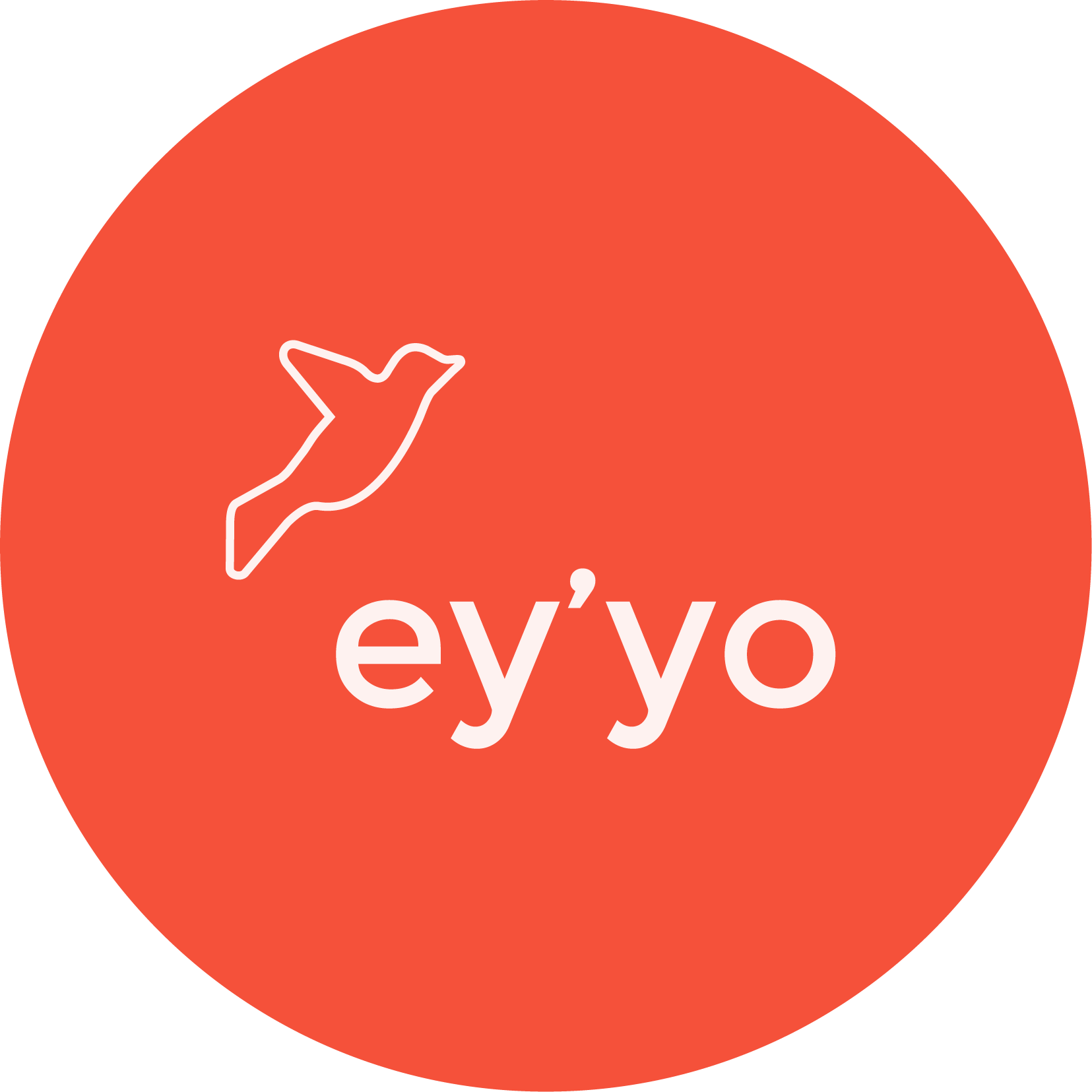
Surprising collabs: the brand boost you were looking for
YOU ARE having a random, fun conversation with a friend over drinks and suddenly someone goes: “Haha, Brand A should totally do something with Brand B. That would be hilarious!”
But here’s the thing: sometimes the most random sounding ideas actually make for the most powerful brand partnerships.
I want to see Taki’s (spicy crisps) team up with a toilet paper brand.
I want Zeeman to collab with Fisherman’s Friend (you’ll get it if you’re Dutch).
I want your country’s biggest B2B construction hardware store to partner with Axe deodorant.
Why? Because that’s what people would talk about.
Brain activator: which brand would you let Polaroid partner with?
Sure, it sounds fun and quirky, but these kinds of strategic marketing partnerships can be an incredibly effective way to open new revenue streams.
Yóu do what you do best and partner up with businesses that bring complementary strengths to:
- your product or service
- your marketing reach
- or your sales channels
And no, partnerships aren’t just for big corporations. Startups and SMEs often think partnerships are “not for them.” Wrong. There are always smart collaborations to find and not just for fun. They actually contribute to your brand and .. drum ruffle .. sales!
Why partnerships aren’t just fun, they’re smart
Creative collabs might feel playful, but the right ones can drive serious business results. A smart brand partnership can:
- Increase reach without additional ad spend
- Build credibility by association
- Open new distribution or sales channels
- Improve product value perception
- Shorten the trust gap with new audiences
- Generate PR and organic buzz with low production cost
So let’s explore how you, as a smaller business, can uncover smart and surprising collabs that boost your company’s performance.
10 thinking angles for creative partnerships
- Start with shared habits, not just shared customers
Look for brands that fit into the same routine as yours, even if they sell totally different products.
- The goal: Be part of a daily ritual (e.g., coffee + book, shower + playlist, workout + protein bar)
- Why it works: Creates natural product pairings and increases usage frequency.
2. Target the same problem, from opposite angles
Partner with a brand that solves the same customer pain, but in a different way.
- The goal: Be part of a solution ecosystem (e.g., stress = candles + journaling app + snacks)
- Why it works: Builds value around the problem, not the product.
3. Show up in an unexpected place
Ask yourself: Where do people not expect to find us, but it would make total sense if we were there?
- The goal: Surprising placement (e.g., laundry detergent in a hardware store, like Tide x Home Depot = for the Dutchies Ariel x Praxis)
- Why it works: Sparks curiosity, grabs attention, opens new distribution channels.
4. Cross-pollinate your brand world
If you’re stylish but not useful, partner with someone useful but not stylish.
- The goal: Blend functional + emotional benefits (e.g., ugly product + beautiful design partner)
- Why it works: Creates freshness, makes your brand feel more rounded.
5. Use each other’s packaging or delivery
Share physical or digital space: mailers, boxes, QR codes, email sequences.
- The goal: Low-cost awareness through embedded promotion (e.g., “in the box” cards or co-branded bundles)
- Why it works: High trust, low noise, and highly targeted exposure.
6. Leon on events, seasons, or cultural moments
Create a one-time collab around something already happening (e.g., Pride Month, back-to-school, Lunar New Year).
- The goal: Be relevant together, especially when you’re too small to do it alone.
- Why it works: Feels timely, drives urgency, earns attention without a big ad budget.
7. Make a bundle, but make it make sense
Don’t just mash things together, but create a thematic bundle that solves something or tells a story.
- The goal: Offer more than the sum of parts (e.g., self-care kit, travel survival box, remote work starter pack)
- Why it works: Makes your product easier to say yes to.
8. Steal credibility, not just customers
Partner with a brand that’s respected in a space where you’re new.
- The goal: Credibility borrowing (e.g., new skincare brand partners with yoga studios to feel wellness-aligned)
- Why it works: Lowers friction for customer trust, especially if you’re the underdog.
9. Be bold, play with contrast
Weird pairings often win: luxury + streetwear, “feminine” + “gross,” nostalgia + future tech.
- The goal: Get talked about (e.g., chocolate + period products)
- Why it works: People love a “wait, what?” moment, especially on social media.
10. Co-create something new (not just bundle what exists)
Build a mini product, content series, or tool together.
- The goal: Own something neither brand could build alone (e.g., a digital guide, a limited-run product, or an app)
- Why it works: Generates deeper brand storytelling and media interest.
Use these questions as a starting point
- Who has strengths where I’m weak, and vice versa?
- Who shares my customer but sells something totally different?
- What other product is used before, during, or after mine?
- What would make my product feel more “complete”?
- Where do I want to be seen, but can’t afford to go alone?
It really pays off to explore potential partnership models. The answer to “Should we do this?” is probably: yes.
Action!
Here are 3 ways to take this one step further:
- Create a mini partnership map
Map out 5 to 10 brands that:- solve the same problem differently
- show up in the same daily habits
- have audiences that would love your product
- Use this article as a brainstorm guide
Grab a teammate or friend and walk through each of the 10 angles together. Can you come up with 1 example for each? - Get inspired by real-life examples
Check out case studies, blogs, or videos that break down clever partnerships (not just from big brands). I gathered a few for you below.
Here are a few real-world examples that go beyond the obvious:
- The Heinz x Absolut Tomato Vodka sauce – Why two food giants joined forces for a shelf product.
- Aesop x Rimowa – Luxury travel combined with premium skincare, enhancing the travel experience for customers.
- Hubspot x LinkedIn – A smart B2B collaboration making ad management seamless for shared customers.
Here’s a little help for your partnership brainstorm.
P.s. Here are a few takes on the Polaroid question earlier in this blog.
- From the angle of travel and adventure:
Polaroid × Polarsteps. Capturing your travel memories. Analog meets digital. - From the angle of parties and friendship:
Polaroid × Amigos (or a playful liquor brand). Snap, sip, repeat. Instant photos at house parties, festivals or events, with branded photo sleeves or disposable camera kits. - From the angle of displaying or storing memories:
Polaroid × Zara Home (or an upscale interior brand like HAY). Merge analog photography with beautiful home aesthetics: curated frames, elegant coffee tables, and memory walls.
I hope I gave that creative brain of yours a big sling.


